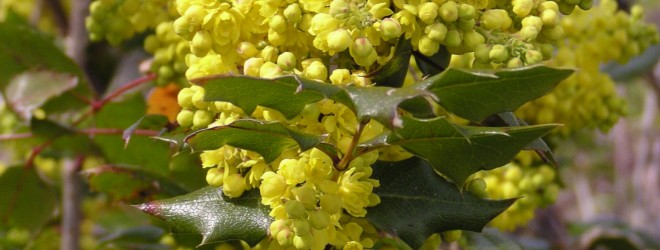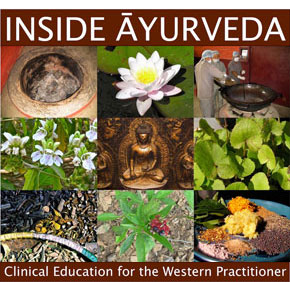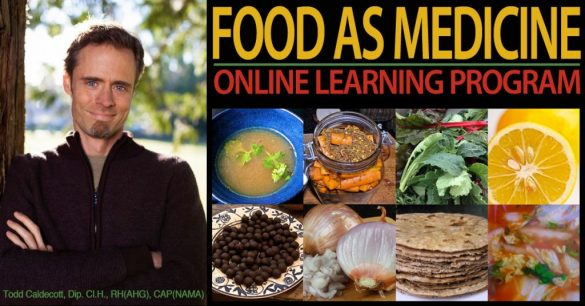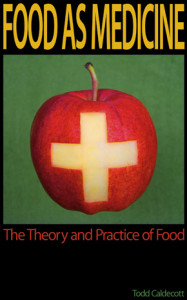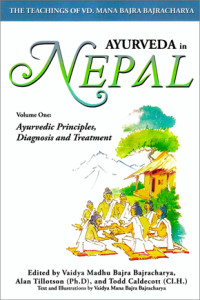Last week I reviewed the issue of antibiotic resistance, and why unlike the perspective held by government, the medical profession and industry, I do not believe the issue is simply a technical problem that can be solved by finding the latest and greatest drug. Such a fantasy underlies much of what unfortunately motivates us as a species, that what we're looking for is just around the corner, instead of seeing the opportunities all around us. It is this same fantasy that drives drug development, and medical innovation is part and parcel of that which drives the economy, which itself is predicated on limitless, unending growth. The great irony, of course, is that this aspiration of growth is exactly the same as that held by cancer, a disease which is now the leading cause of death in countries such as Canada. But think of the cancer cell for just a moment: ignorant and naive, just a-trying to be the best little cancer cell it can be. It's all a matter of perspective: on the one hand, a … [Read more...]
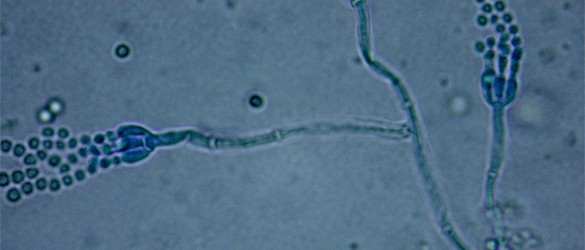
Antibiotic resistance: a herbalist’s perspective (1)
If you have been keeping abreast of science news as of late, you might have come across a recent article published in the journal Nature, which again raises the emerging specter of antibiotic resistance. In a nutshell, antibiotic resistance describes a phenomena in which bacteria that were formerly susceptible to antibiotics are now resistant to them. Antibiotics were developed in the early 1900s, first with the development of the sulfonamides in the 1930s, the penicillins in the 1940s, shortly followed by an ever-growing list of antibiotics, including the tetracyclines, glycopeptides (e.g. vancomycin), metronidazole, cephalosporins (e.g. cefadroxil), and fluoroquinolones (e.g. ciprofloxacin). The development of antibiotics has been hailed as one of the great achievements of modern medicine, but as a herbalist, I have always found the boastful crowing of advocates rather high-pitched, particularly as how I have treated many cases of serious infection using methods that predate Western … [Read more...]
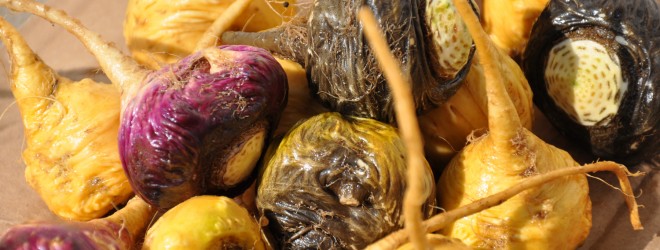
Q&A: Side-effects of Maca?
Maca (Lepidium meyenii, and other Lepidium species) is a food and medicinal plant originally used by the indigenous peoples of Peru and Bolivia, who collect and consume both the leaves and the root. Although marketed as an aphrodisiac and energy enhancer, it's traditional use suggests that it was rather more important as a food, the leaves used as a fresh vegetable, and the root (hypocotyl) dried, pulverized, and used as a flour in baking. The root in particular is comprised of about 60-75% carbohydrates, and contains smaller amounts of protein (<14%) and fats (<2.2%). Given its traditional importance as a food, rather than as a medicine, claims for its medicinal efficacy should be viewed with a some skepticism - especially when consumed in small amounts as a supplement. There are many anecdotal reports of its medicinal efficacy, but much of this comes third hand from companies selling it as a supplement. A survey of the medical literature suggests a benefit on exercise … [Read more...]
